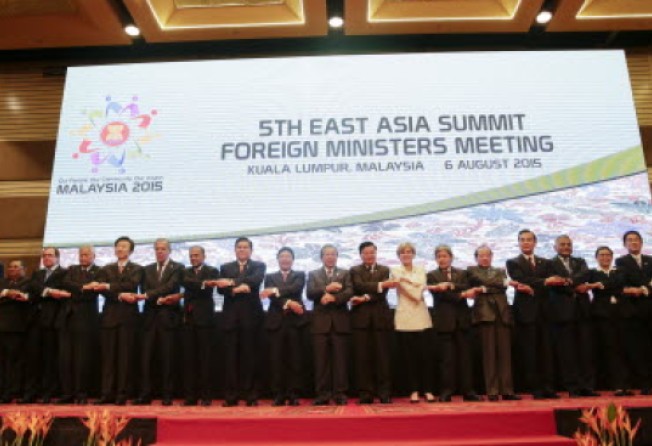China's confidence in Asean economies turns out to be a winning bet
Kent Harrington says China's efforts to engage Asean economies - while it presses its territorial claims - bring the region under its influence

With preparations for President Xi Jinping's September visit to Washington, DC, under way, officials in both countries are predictably playing down their differences over China's outsized territorial claims in the South China Sea, backed by the construction of military facilities on previously uninhabited islands and atolls. And this diplomatic de-escalation, after months of veiled threats and recriminations, suits Southeast Asian leaders just fine.
Of course, no one in Southeast Asia is ignoring China's strategic designs. The region's defence spending has increased by more than 50 per cent in the last decade, and about US$60 billion has been earmarked for new weapons, especially naval hardware, over the next five years. The white paper on military strategy that China released in May, which touted plans to expand the country's defence perimeter, intensified neighbours' concerns, making even more military spending likely.
Beyond new frigates and security guarantees, however, Southeast Asian leaders have refrained from reacting too strongly to China's offshore ambitions. The economic facts on the ground demand prudence.
In only two decades, China has become Southeast Asian countries' leading economic partner, boosting its influence throughout the region. Chinese leaders' constant effort to expand economic cooperation stands in stark contrast to America's approach to the region.
Consider trade. Since 2000, bilateral trade between China and the 10 members of the Association of Southeast Asian Nations has grown tenfold, from US$32 billion to US$350 billion last year, and could reach US$500 billion in 2015. The US ranks fourth with US$206 billion last year.
Given Southeast Asia's growing economic importance, the implications of this trend could not be weightier. And the picture for direct investment - the financial flows that support the construction of factories, offices, warehouses, mines, and farms - is equally striking.
China's commitment to deepening its economic ties in Asia and beyond can't be denied. It has pledged about US$60 billion to its "One Belt, One Road" initiative, which entails building a Silk Road economic belt running through Central Asia, and a Maritime Silk Road connecting China to Southeast Asia, the Indian Ocean, the Middle East, and eventually Europe.
To be sure, China has had its setbacks, too - among them cancelled railway and hydroelectric projects. But its leaders have a clear vision of where to place their long-term economic bets.
Kent Harrington, a former senior CIA analyst, has served as national intelligence officer for East Asia and chief of station in Asia. Copyright: Project Syndicate